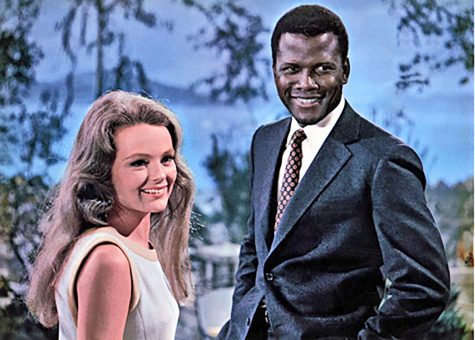Sequel a bit of a sleeper
If you’ve never seen the 1987 movie “Wall Street” prepare to be slightly confused by the sequel.
In “Wall Street: Money Never Sleeps,” director Oliver Stone delivers an array of dizzying screen shots of New York City skyscrapers that parallel the dizziness of high finance and personal life.
Shia LaBeouf plays Jake Moore, a young stock broker looking to get ahead in the game of trading, as well as balance his personal life. When he runs into Gordon Gekko (well played by Michael Douglas, who won the Academy Award for his original portrayal), LaBeouf’s character manages to make a mess of his relationships and personal sanity.
Gekko, a former Wall Street broker, sucks Moore into believing that going behind the back of his fiancée (the always adorable Carey Mulligan) to invest her money is the way to go.
The plot is threaded with a mixture of dark cinematography and quirky screen shots that just don’t mix. The result is an unfocused and confused couple of hours.
In theory, this movie could be good. The actors are talented, and the dialogue is intriguing. However, it seems that somewhere during the editing process, focus was lost and too many ideas mingled.
If more of the movie’s budget would have been put into a straight storyline rather than random digitalization, the movie would have had more of a lasting impact.
“Money Never Sleeps”
has a tendency to lose touch with it’s audience, making it impossible for anyone with an exclusively basic understanding of Wall Street and stock brokers to fully understand the events of the movie.
If you are planning to see “Money Never Sleeps,” be sure to at least look at the summary of the 1987 original. If not, be prepared to either doze off or feel like a failure for not knowing the acronyms of the Wall Street world.





